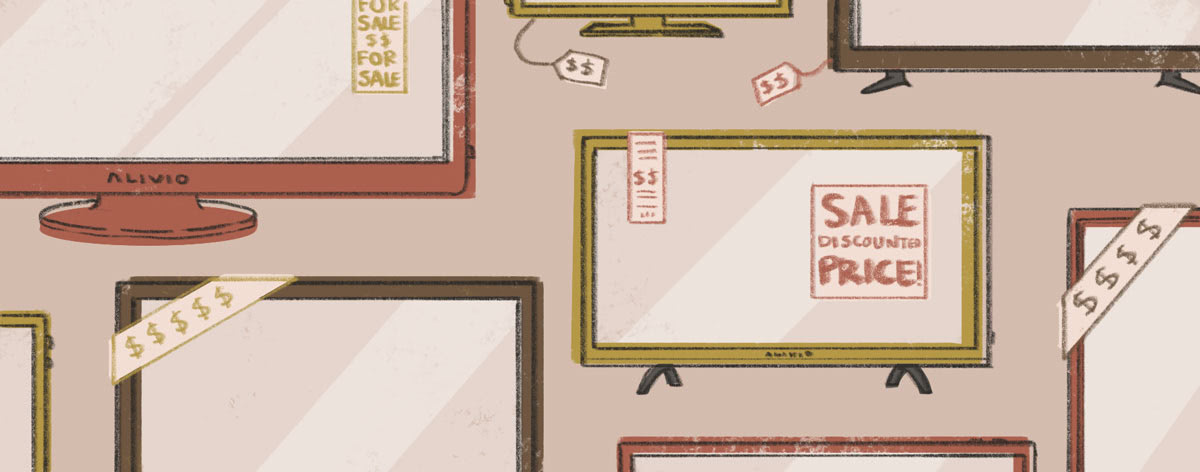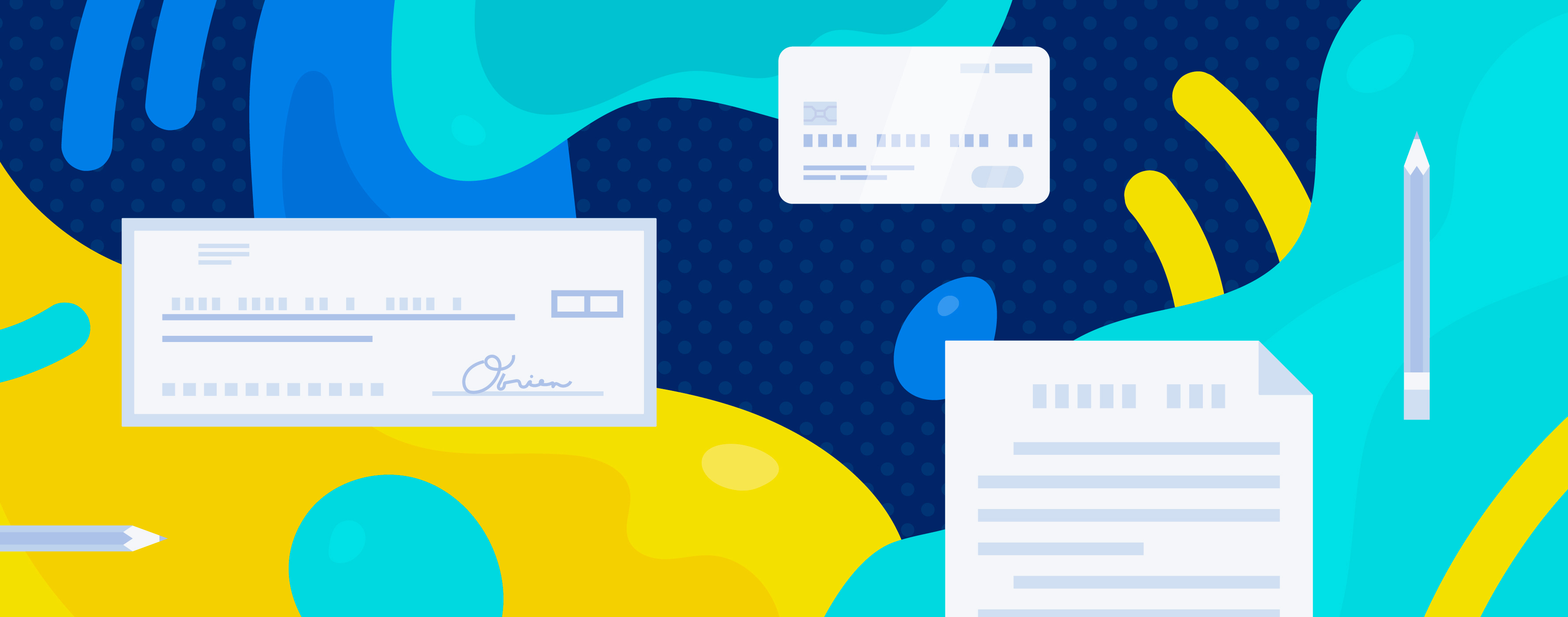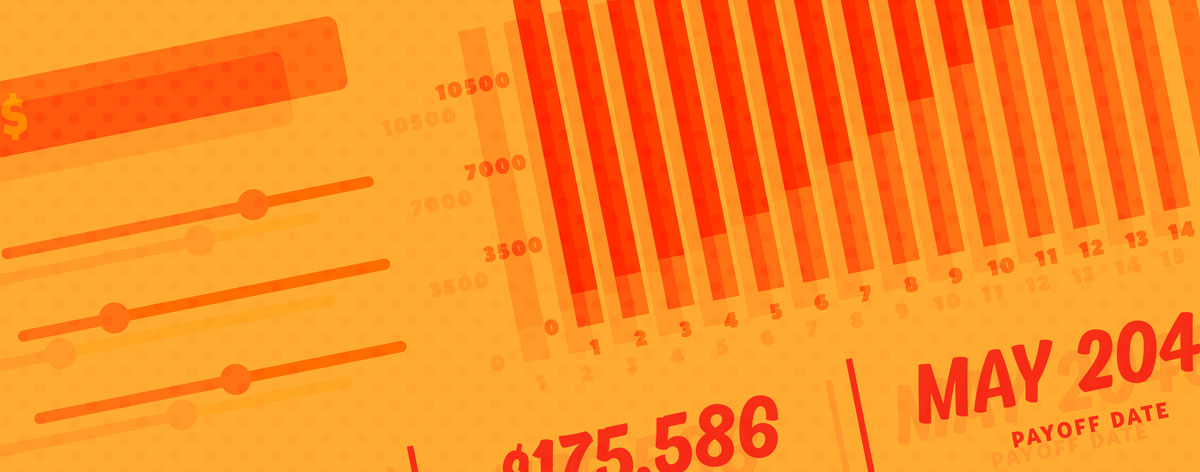

Check It Out
Balance It Out
Bills, rent payments, student loans, and groceries all require some form of payment—usually not the paper kind. So let’s be honest, it’s difficult to maintain set payments without a paperless way to transfer money. Checking accounts are transactional accounts that let you authorize money transfers from your account to another person or organization.
Most conventional or online institutions charge a variety of extra fees—upward of 35 cents per check and $2-$3 per ATM withdrawal—besides the monthly maintenance fees that cost, on average, anywhere from $7.50 to $15 a month. But luckily, most financial institutions waive some of these fees if you meet certain criteria—like maintaining a minimum balance in one of their provided checking or combination accounts or using their ATMs . A couple other ways financial institutions may provide a free checking account include:
- Applying your mortgage, loan, or other account balances toward a minimum balance.
- Setting up direct deposit.
Stick to the Basics
Sometimes it makes sense to use a No-frills or Basic account—a scaled-down version of a bank's regular checking account. Financial institutions offer these as an all-inclusive option for people who have less income or seldom need to make withdrawals. This option limits how many times you can pull money out of your account, but it doesn't require a minimum balance. Just remember, you’ll face steep fees if you make too many withdrawals. Be smart about your choice—it's worth considering all your options before signing up for a more restrictive account.
Weighing In
Ask yourself a few questions before accepting a free account contingent on maintaining a minimum account balance.
- How many checks or debit cards will you need, and how often will you use the ATM?
- Would you benefit more from investing the minimum and paying the basic or no-frills account fees?
A New Interest in Checking
Interest-bearing accounts are similar to a normal checking account—they let you make as many ATM withdrawals and write as many checks as you want each month. Something different is that you earn interest on your balance at a predetermined rate—about the same rate you earn on a saving’s account.
Is there a downside, you ask? Yes—if you fail to maintain the minimum balance, you not only forfeit the interest, but typically owe more—sometimes much more—than you would for a normal account. Those added fees slip through any month that you fail to maintain a minimum balance. One month of unexpected fees has the potential to outweigh what you could earn in interest over several months. So, as great as interest-bearing accounts sound (and are), that doesn’t mean they’re right for you.
How do you get started?
Getting started with a checking account isn’t as difficult as it seems. It takes a bit of research and decision-making to find the right account for you, but once you’ve found it, setting it up is easy.
What you need
- Government issued photo ID—driver’s license, state issued ID, or valid passport.
- Social Security card/taxpayer identification number—You must have at least one of these to qualify, so make sure to find one before arriving at the bank.
- Proof of Address—Most banks require you to use a physical address and not a post office box on the account—all banks require proof of address.
- Money to deposit—This differs depending on the bank, but you almost always need a small amount of money to deposit into your new account.
Research the offers available at your bank or credit union—checking account, savings account, credit card, etc. If you plan ahead, you’re sure to get set up with what you want.
Neither Banzai nor its sponsoring partners make any warranties or representations as to the accuracy, applicability, completeness, or suitability for any particular purpose of the information contained herein. Banzai and its sponsoring partners expressly disclaim any liability arising from the use or misuse of these materials and, by visiting this site, you agree to release Banzai and its sponsoring partners from any such liability. Do not rely upon the information provided in this content when making decisions regarding financial or legal matters without first consulting with a qualified, licensed professional.

